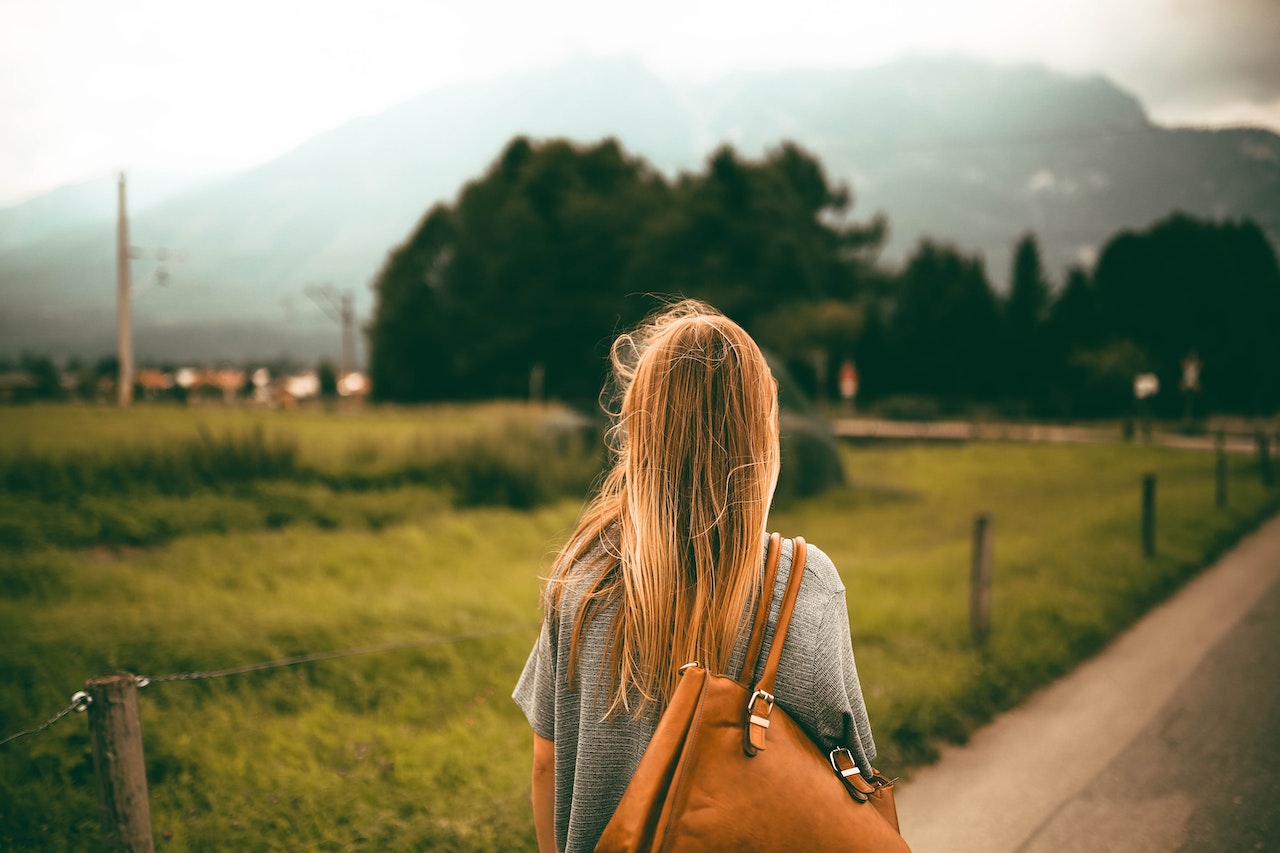In our fast-paced world, slowing down and enjoying life’s simple pleasures can be challenging. We are constantly bombarded with information, notifications, and demands in our time, leaving little room for rest and reflection. However, taking the time to slow down can benefit our mental and physical health. This article will explore the art of slowing down and provide tips on incorporating this practice into our daily lives.
What does it mean to slow down?
Slowing down means taking the time to pause, reflect, and be present in the moment. It’s about finding a sense of calm and stillness amid our busy lives. Slowing down doesn’t mean doing nothing; it means being intentional with our time and activities. By slowing down, we can reduce stress and anxiety, improve our focus and productivity, and increase our overall well-being.
Why is it important to slow down?
In our fast-paced world, we are constantly bombarded with information, notifications, and demands on our time. We can quickly become overwhelmed and stressed, leading to burnout and other health issues. We can recharge our batteries and be more present in our daily lives by slowing down. Slowing down can help us reduce stress and anxiety, improve our focus and productivity, and increase our overall well-being.
Tips for slowing down.
- Practice mindfulness: Mindfulness is the practice of being present in the moment without judgment. By practicing mindfulness, we can become more aware of our thoughts and feelings and reduce stress and anxiety. You can practice mindfulness through meditation, yoga, or simply by taking a few deep breaths and focusing on the present moment.
- Set boundaries: It’s important to set boundaries around our time and activities to avoid burnout. This means saying no to things that don’t align with our values or priorities and prioritizing activities that bring us joy and fulfillment.
- Unplug: We are constantly connected to our devices, which can lead to information overload and burnout. It’s important to unplug from technology and take a break from social media and email. This can help us reduce stress and be more present in our daily lives.
- Slow down your daily activities: We can incorporate the practice of slowing down into our daily activities. For example, we can take a slow walk-in nature, savor our meals, or take a break to rest and recharge during the day.
- Practice gratitude: Gratitude is the practice of being thankful for what we have in our lives. By practicing gratitude, we can cultivate a sense of contentment and reduce stress and anxiety. You can practice gratitude by keeping a gratitude journal, expressing gratitude to others, or taking a few moments each day to reflect on what you are thankful for.
In conclusion, the art of slowing down is about finding a sense of calm and stillness in the midst of our busy lives. Practicing mindfulness, setting boundaries, unplugging, slowing down our daily activities, and practicing gratitude can reduce stress and anxiety, improve our focus and productivity, and increase our overall well-being. So, take a deep breath, and remember to slow down and enjoy the present moment.










